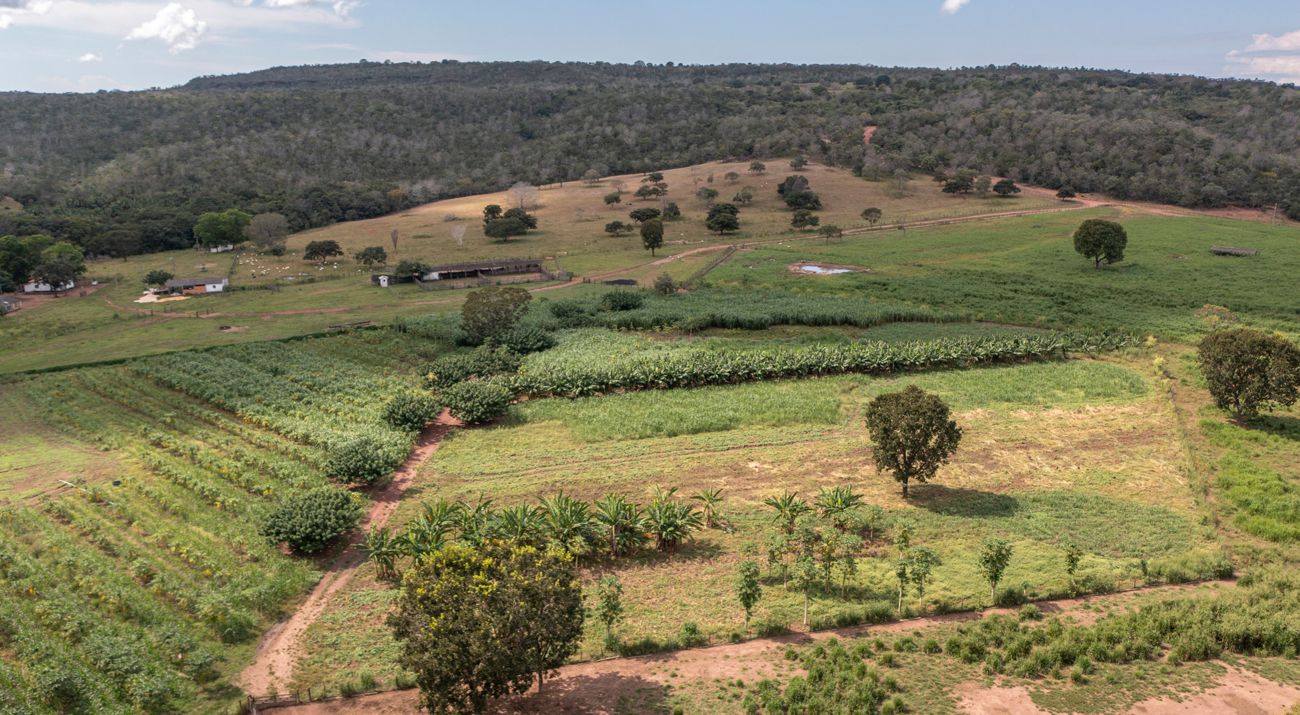Why we need to talk about 2025
By Thiago Masson - Sustainable Soy Coordinator for The Nature Conservancy Brasil
So, what does 2025 have to do with deforestation in the Cerrado, the tragic flooding in Pakistan in 2022, and the more than US $1.042 billion in rural insurance compensation in Brazil in 2021?
According to the scientific evidence on climate, everything! The answer can even fit in one word alone. But the challenge behind it is complex. For humanity to stop the runaway car of global warming below 1.5°C, we need to reach net zero deforestation in agriculture and livestock practices during this decade. And that will mean, among other challenges, a profound transformation in land use in food production.
The last warning came from the United Nations (UN) during the New York Climate Week (September 19-25, 2022). And it left no doubt that farmers in developing countries are already among the most harmed by climate change. The UN estimates that environmental disasters generated $108 billion in losses for the rural sector between 2008 and 2018.
And the worst could still be yet to come: the document reveals that Agro-industry companies could lose 26% of their market value by 2030. If that scenario is confirmed, investors’ losses could reach $150 billion. In reality, the blow to the world economy would be similar to the 2008 financial crisis. But with a difference: it could be permanent.
The UN was not the only organization to draw attention to the urgency of eliminating deforestation from the global value chains by 2025. A recent report from the Accountability Framework Initiative (AFi) also reiterated that same cutoff date for the Agro-industrial sector. The reality is that fighting deforestation is one of the pillars that keeps the Paris Agreement in place.
The 1.5°C race against climate change is not lost yet. But to beat it, we must turn our walking into a 100-meter dash by 2025. Time is not on our side. A study from the University of Maryland and the World Resources Institute shows that the tropics lost 11.1 million hectares of forest cover globally last year.
There are hopeful signs that this transition will be possible. At the Climate Change Convention in Glasgow (COP26), 150 countries signed the commitment to accelerate the restoration of forests and other ecosystems, Brazil among them. The European Union is taking big steps to approve regulations that will ban importing agricultural commodities associated with deforestation. For instance, soy, beef, and coffee are on Brussels’ list, and the United Kingdom is discussing similar laws.
The two largest economies on the planet are also pushing for deforestation reduction in the global agricultural commodities chains. The governments of China and the United States have committed to intensifying the enforcement against importing products associated with illegal deforestation. The bilateral announcement was also made at the Glasgow COP.
The financial sector must be another vital partner in transitioning to sustainable production models. There are other good examples of green initiatives in that segment. That is the case of the Financial Innovation for the Amazon, Cerrado, and Chaco (IFACC). The partnership between The Nature Conservancy (TNC), the Tropical Forest Alliance (TFA), and the United Nations Environment Programme (UNEP) will encourage the raising of $10 billion by 2025. The resources will finance deforestation-free livestock and soy crops in those three South American biomes.
The truth is that the cooperation between national and subnational governments and the private sector will be indispensable to balancing agricultural production and the protection of native vegetation and biodiversity worldwide. From Agro-industry CEOs to those who create public policy, we need to keep in mind the necessary economic incentives for sustainable food production and maintaining native forests standing. The payment for environmental services, the expansion of credit for regenerative agriculture practices, and developing a regulated carbon market are parts of that solution.
That is why we need to speak about 2025.
There’s still time.
